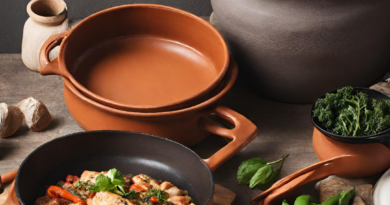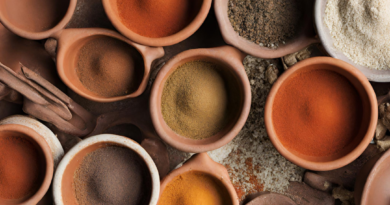What is the Moroccan way to season clay(Tagine)?
Seasoning a Moroccan tagine (a traditional clay cooking vessel) is a crucial step to ensure that it performs well, imparts authentic flavors to your dishes, and remains in good condition over time. Here’s how you can season a Moroccan tagine the traditional way:
Ingredients and Materials:
– Unseasoned Moroccan tagine (made of clay)
– Cooking oil (such as vegetable oil, sunflower oil, or grapeseed oil)
– A stove or open flame
– Water
– Soft cloth or sponge
Steps:
1. Inspect the Tagine:
– Before you begin, carefully inspect your new unseasoned tagine for any cracks or defects. Ensure that it’s free from any loose particles or debris.
2. Preparation:
– Wash the tagine with warm water and a soft cloth or sponge to remove any dust or impurities. Do not use soap at this stage, as it can be absorbed by the clay and affect the taste of your dishes.
3. Drying:
– Allow the tagine to air dry completely. It’s important that the tagine is thoroughly dry before proceeding with the seasoning process.
4. Coating with Oil:
– Rub the interior of the tagine with a generous amount of cooking oil. Use your hands or a soft cloth to ensure an even coating.
5. Place on Stove or Flame:
– Place the oiled tagine on a low heat source, such as a stovetop or open flame. Start with very low heat and gradually increase it over the course of about 30 minutes. The goal is to heat the tagine slowly to prevent cracking.
6. Heat and Evaporation:
– Allow the tagine to heat for about 30 minutes to an hour, or until you notice the oil starting to evaporate. You may see steam rising from the tagine, which is normal.
7. Cooling:
– Remove the tagine from the heat source and let it cool down to room temperature. Do not place it on a cold surface, as this can cause thermal shock and cracking.
8. Repeat:
– Repeat the oiling, heating, and cooling process at least three times. This helps build up a protective layer on the clay’s surface and enhances its non-stick properties.
9. Final Rinse:
– After the final seasoning, wash the tagine with warm water, using a soft cloth or sponge. Again, avoid using soap.
10. Drying and Storage:
– Allow the tagine to air dry completely before storing it in a cool, dry place.
Your Moroccan tagine is now seasoned and ready for cooking flavorful Moroccan dishes. As you use it, the tagine will develop a unique flavor profile, and its non-stick properties will improve over time. Remember to handle it with care to prevent cracking and enjoy the rich flavors it imparts to your meals.



